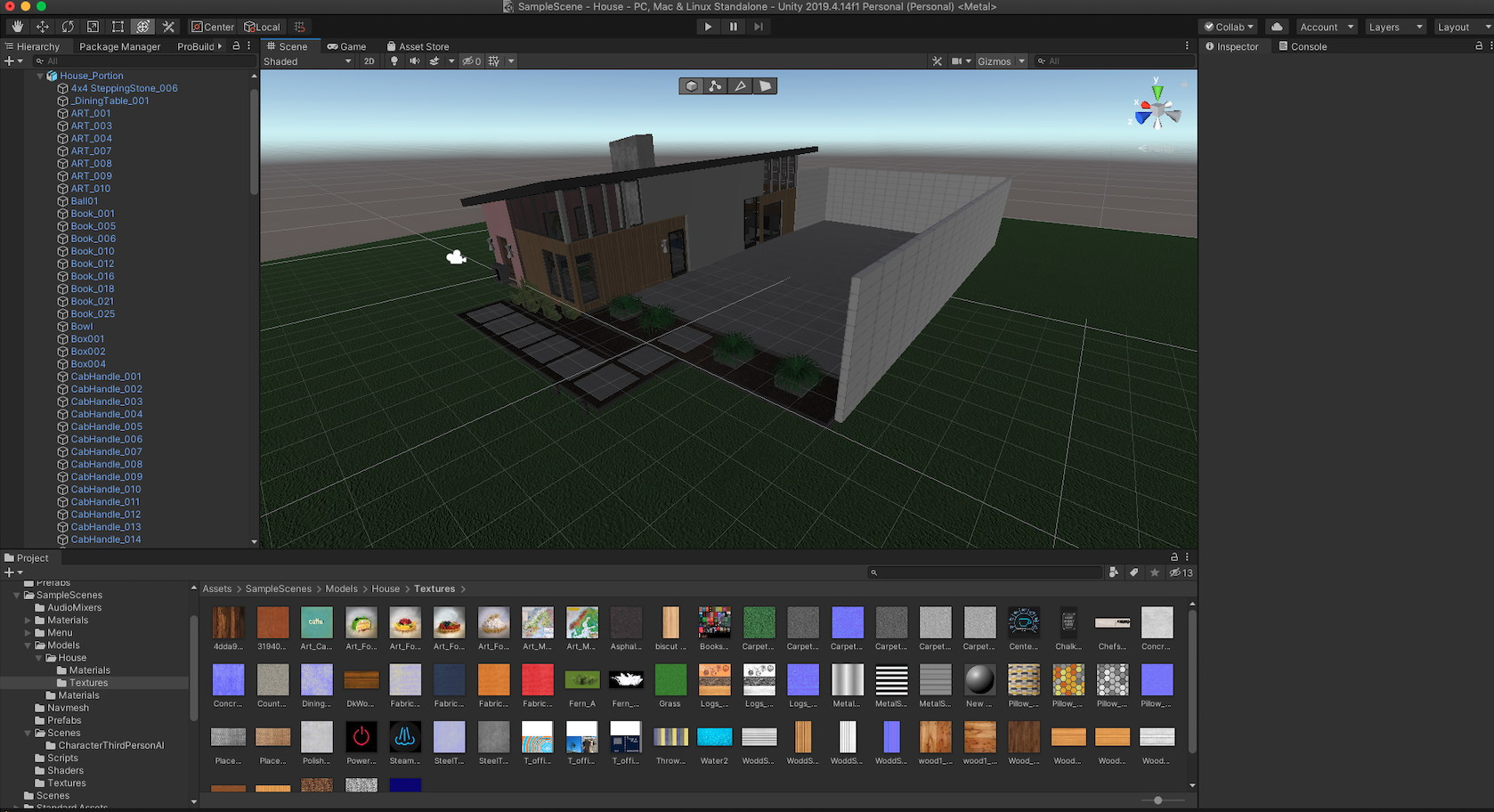For my AR sculpture, I created AR Panther Beach, an app which augments Panther Beach in California to any detectable surface. Constantly looking back at my memories, I miss the relaxing and chill days I spent in the previous summers going to the beach with my friends in pre-covid times.
I tried capturing the essence of the summer beach days, creating the terrain of the beach from scratch, adding Palm Trees which unfortunately do not exist there, and augmented spinning bottles of Soju (non-alcoholic of course) and a captured video of my friends dancing during our last time at Panther Beach, displayed onto a screen and played on a loop. I wanted to begin the AR experience in front of an open door, a sort of welcoming entrance to paradise. I added wind into the Terrain, which allowed for the Palm Tree prefabs to sway and shift gorgeously with the wind. Since my project uses plane-detection from Hello AR, tapping the screen allows you to move the beach terrain onto a different surface.
Overall I had an extremely fun and great experience making this project. I wanted to make it a little personal, since I feel that my other projects lacked that. I really wanted to add specific elements to distinguish my beach experience from an ordinary beach so that this AR app would feel more meaningful and allow me to reminisce on the good old days.












